A blue and white 'crane and tortoise' ovoid jarJoseon dynasty, 18th century
Japanese wood box (3)
Height 12 in., 30.5 cmCondition reportFor more information for this lot, please contact fiona.mu@sothebys.com.Catalogue noteThe Confucian values of the Joseon dynasty generally encouraged the use of austere, sparingly decorated white porcelain. The 18th century witnessed an increase in the variety of shapes, glazes, and designs, reflecting the diminishing impact of Confucian ideals on the arts, which was also partly a result of foreign influences introduced via China and Japan. It became more acceptable to use wares with decorative motifs and innovative forms, even for yangban scholars. The present vessel exemplifies this shift towards a livelier painted surface while retaining an overall harmonious, unpretentious aesthetic emblematic of superlative Korean ceramics. Finely painted with cranes and tortoises below a border of auspicious clouds at the neck, the jar is replete with symbols of longevity. Furthermore, the ovoid form is emphasized by the double-line roundels, echoing and enhancing its voluminous proportions to create a pleasing union of form and decoration. Compare two jars of almost identical design: the first, exhibited in Glory of Korean Pottery and Porcelain of the Yi Dynasty, Museum of Oriental Ceramics, Osaka, 1987, cat. no. 96; the second, in the collection of Charles B. Hoyt and gifted to the Museum of Fine Arts, Boston (accession no. 39.560). One jar with roundels of similar design and an undecorated neck is in the Fitzwilliam Museum, Cambridge (accession no. C.21-1930). See another comparable jar also in the MFA Boston, similarly painted with motifs of longevity but with larger scalloped roundels and more pronounced craquelure (accession no. 19.949), illustrated in Jane Portal, MFA Highlights Arts of Korea, Boston, 2012, p. 139. The author suggests that the MFA jar was probably made at the Bunwon official kilns in Gwangju. Given the comparable quality of painting between the MFA jar and the present piece, it is likely that this jar may have also been produced at the official kilns. A jar of similar design to the present but featuring flowering plants was also exhibited in Glory of Korean Pottery and Porcelain of the Yi Dynasty, op. cit., cat. no. 97. Another example painted with cranes and phoenixes, of moon shape and with busier surface decoration, is in the collection of the National Museum of Korea, Seoul, illustrated in Oriental Ceramics: The World’s Great Collections: National Museum of Korea, vol. 2, Tokyo, 1976, pl. 79, where it is also assigned a Bunwon provenance.
A blue and white 'crane and tortoise' ovoid jarJoseon dynasty, 18th century
Japanese wood box (3)
Height 12 in., 30.5 cmCondition reportFor more information for this lot, please contact fiona.mu@sothebys.com.Catalogue noteThe Confucian values of the Joseon dynasty generally encouraged the use of austere, sparingly decorated white porcelain. The 18th century witnessed an increase in the variety of shapes, glazes, and designs, reflecting the diminishing impact of Confucian ideals on the arts, which was also partly a result of foreign influences introduced via China and Japan. It became more acceptable to use wares with decorative motifs and innovative forms, even for yangban scholars. The present vessel exemplifies this shift towards a livelier painted surface while retaining an overall harmonious, unpretentious aesthetic emblematic of superlative Korean ceramics. Finely painted with cranes and tortoises below a border of auspicious clouds at the neck, the jar is replete with symbols of longevity. Furthermore, the ovoid form is emphasized by the double-line roundels, echoing and enhancing its voluminous proportions to create a pleasing union of form and decoration. Compare two jars of almost identical design: the first, exhibited in Glory of Korean Pottery and Porcelain of the Yi Dynasty, Museum of Oriental Ceramics, Osaka, 1987, cat. no. 96; the second, in the collection of Charles B. Hoyt and gifted to the Museum of Fine Arts, Boston (accession no. 39.560). One jar with roundels of similar design and an undecorated neck is in the Fitzwilliam Museum, Cambridge (accession no. C.21-1930). See another comparable jar also in the MFA Boston, similarly painted with motifs of longevity but with larger scalloped roundels and more pronounced craquelure (accession no. 19.949), illustrated in Jane Portal, MFA Highlights Arts of Korea, Boston, 2012, p. 139. The author suggests that the MFA jar was probably made at the Bunwon official kilns in Gwangju. Given the comparable quality of painting between the MFA jar and the present piece, it is likely that this jar may have also been produced at the official kilns. A jar of similar design to the present but featuring flowering plants was also exhibited in Glory of Korean Pottery and Porcelain of the Yi Dynasty, op. cit., cat. no. 97. Another example painted with cranes and phoenixes, of moon shape and with busier surface decoration, is in the collection of the National Museum of Korea, Seoul, illustrated in Oriental Ceramics: The World’s Great Collections: National Museum of Korea, vol. 2, Tokyo, 1976, pl. 79, where it is also assigned a Bunwon provenance.
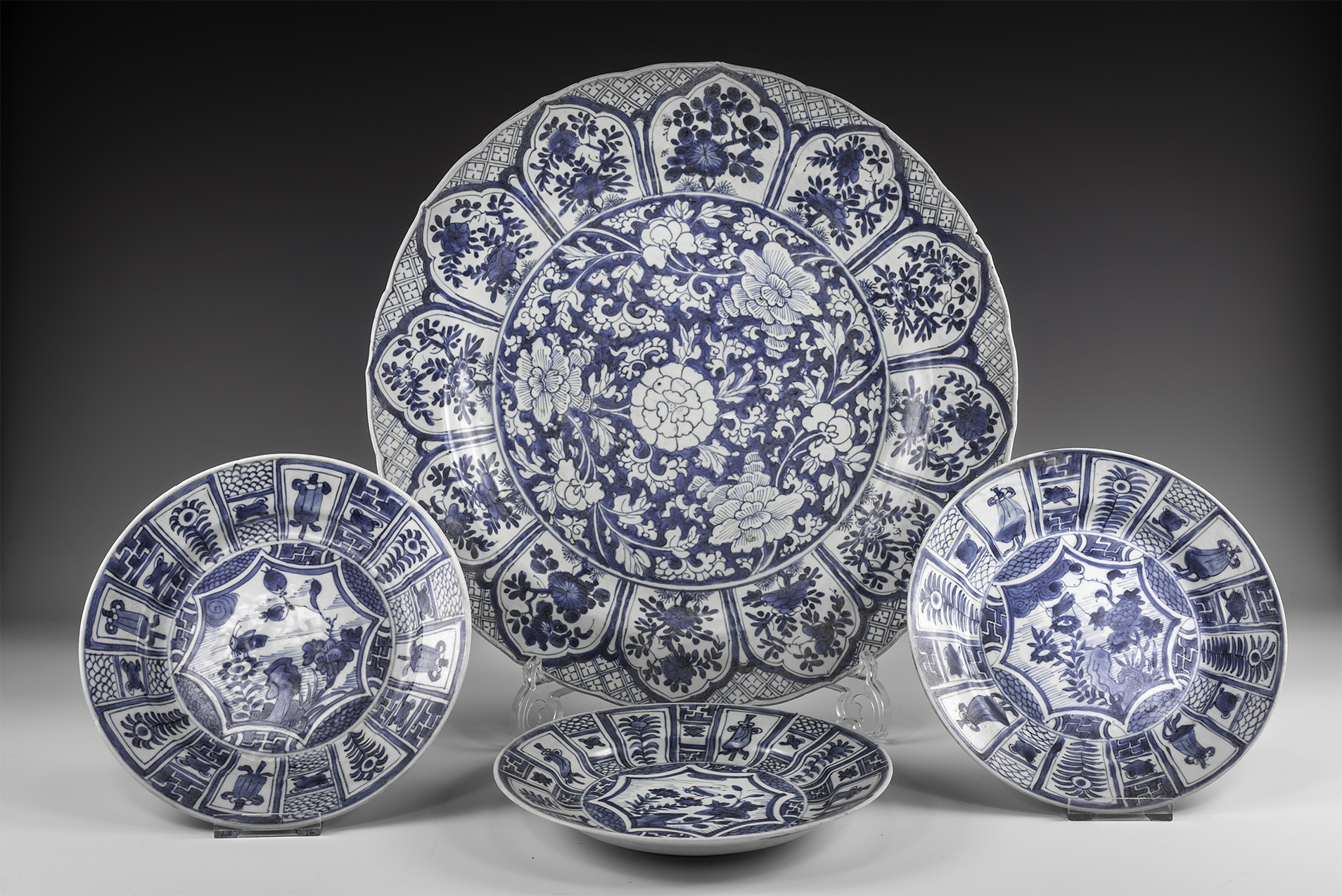
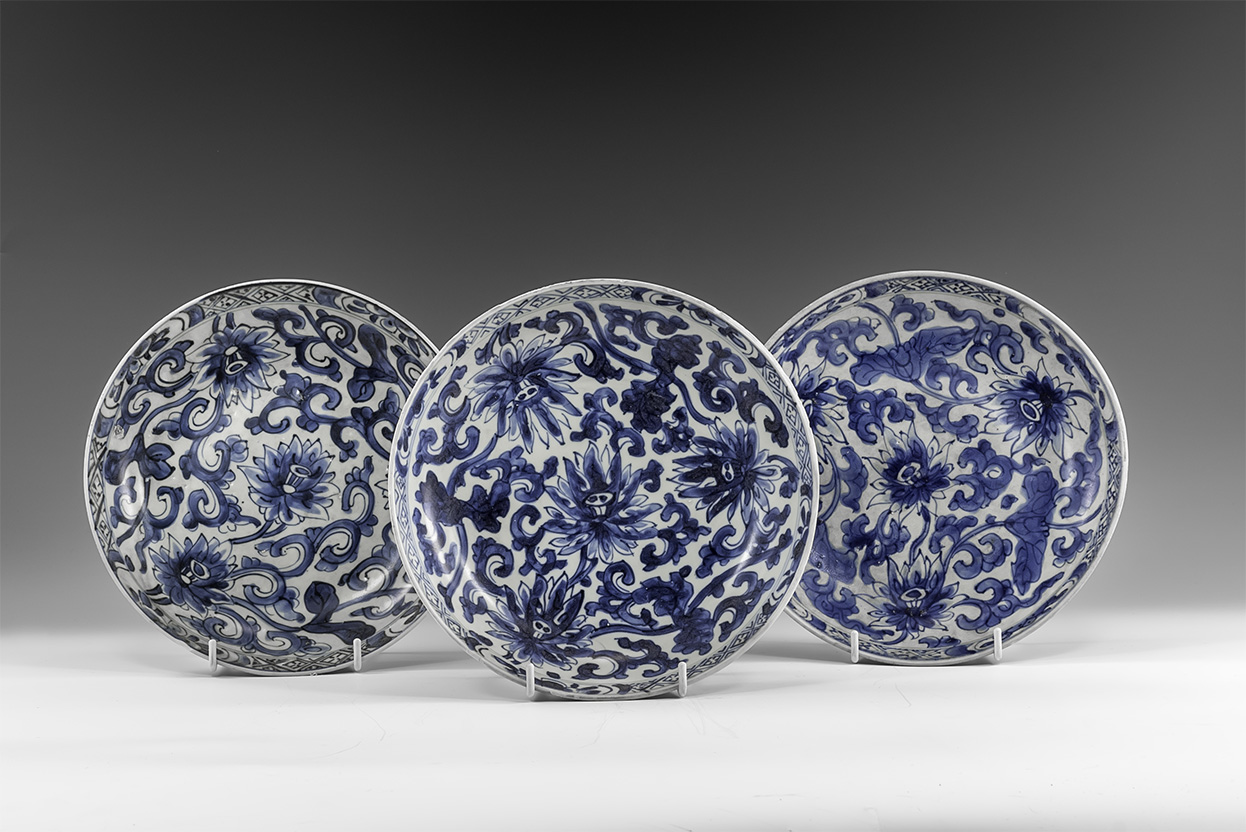
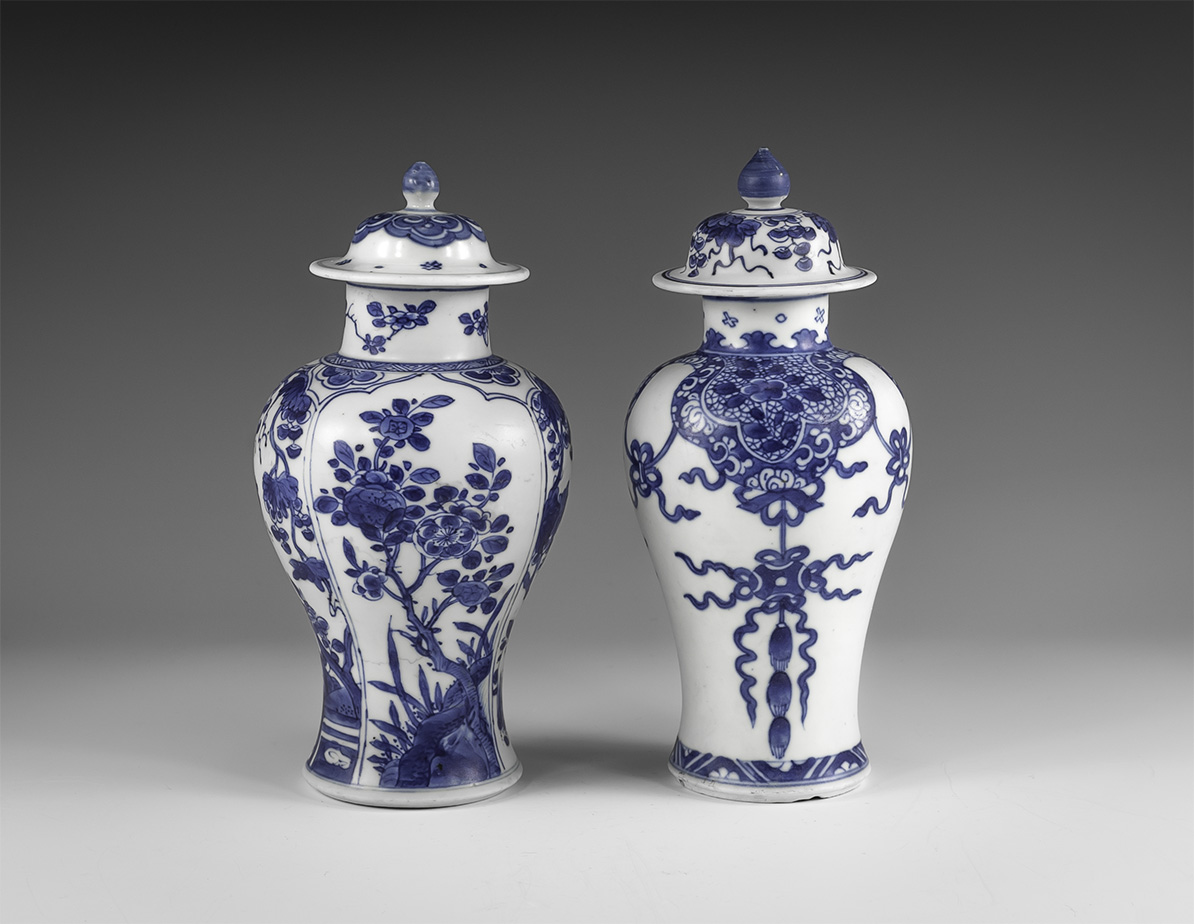
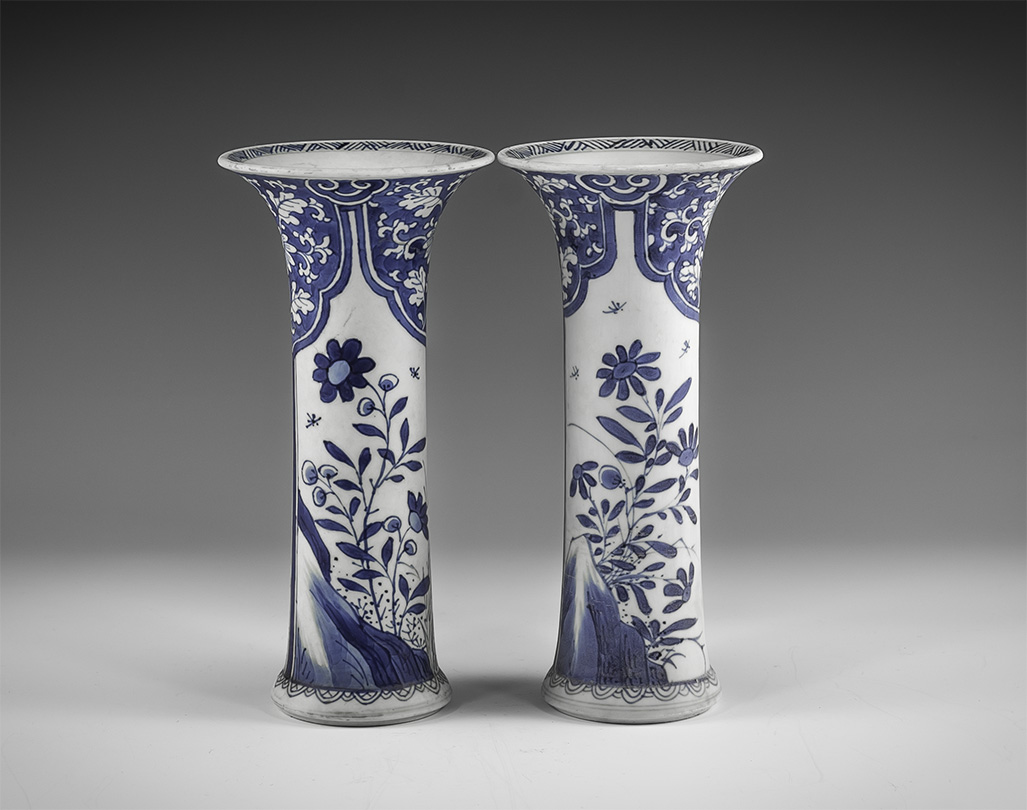

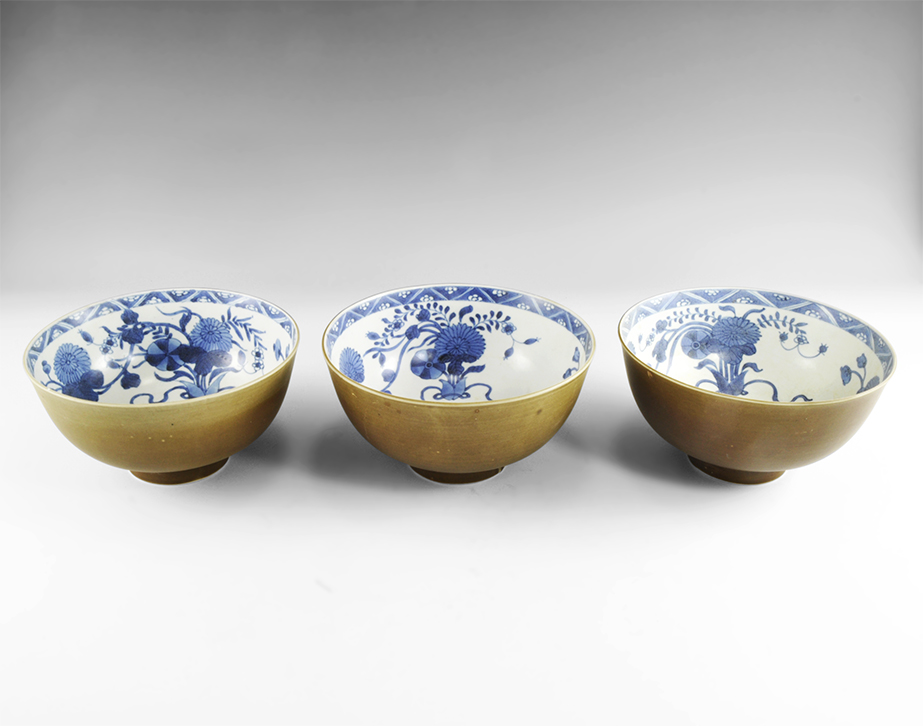
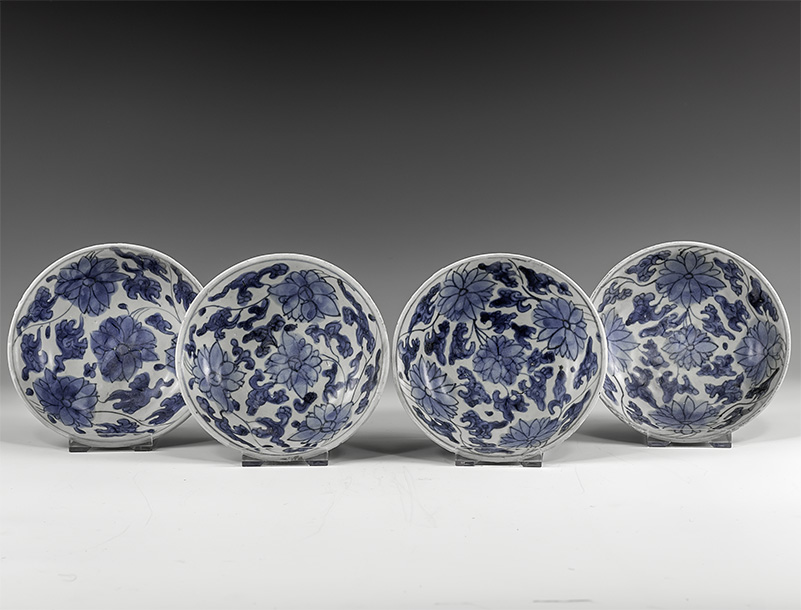
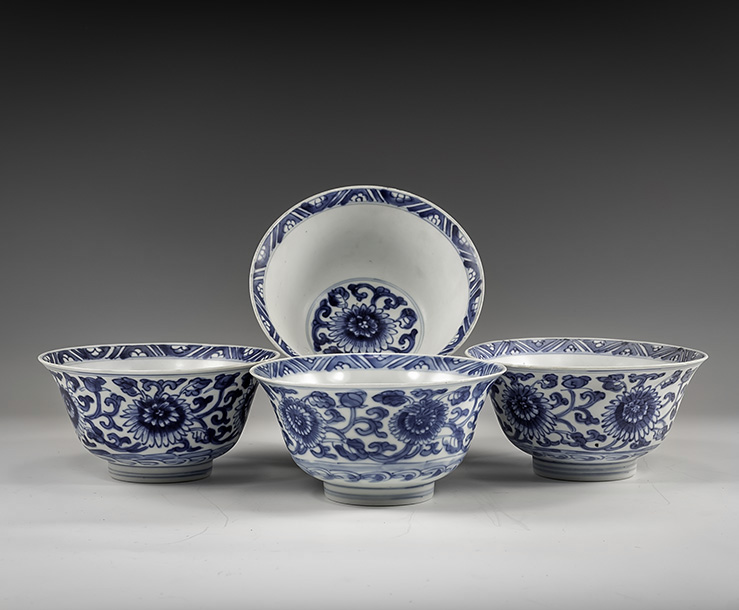
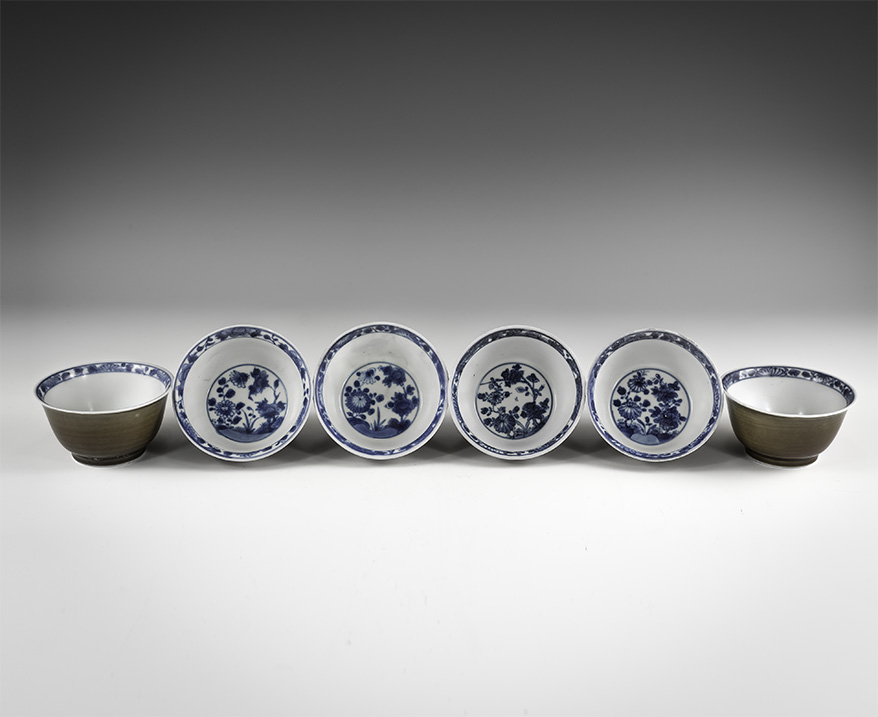
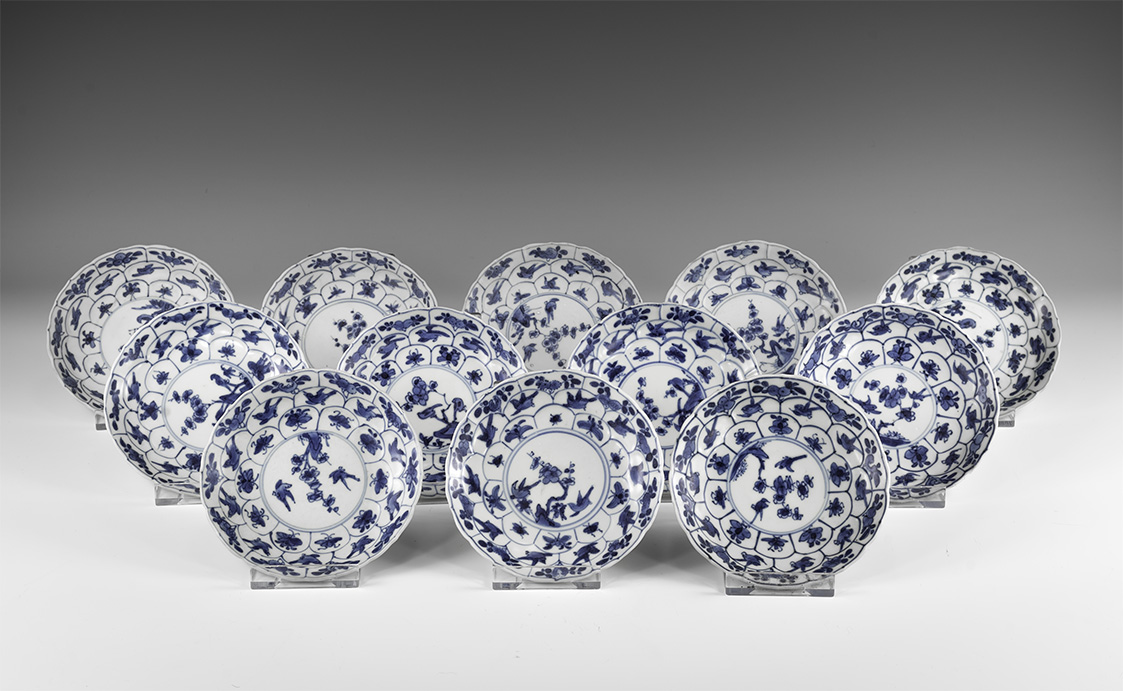
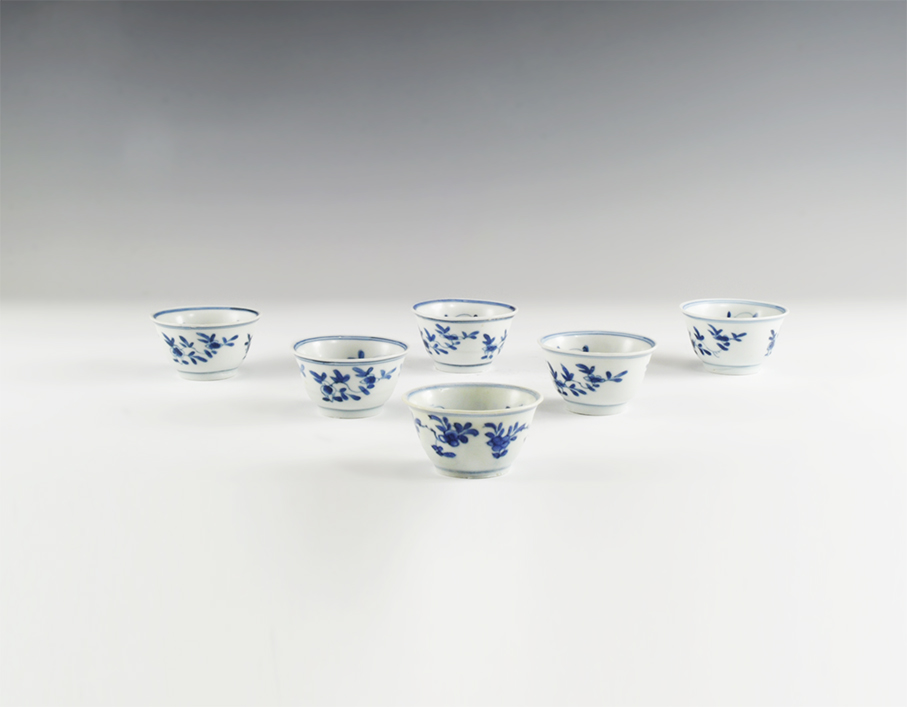
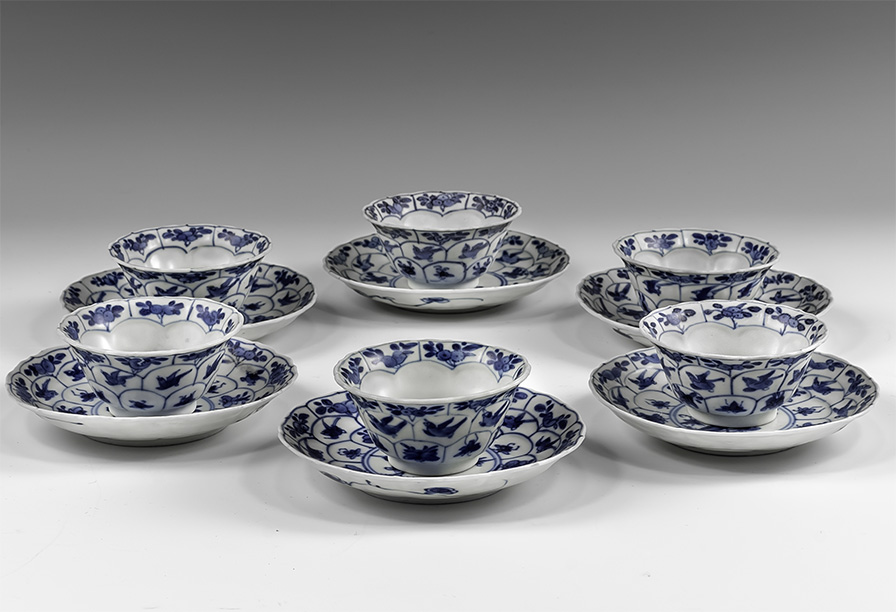
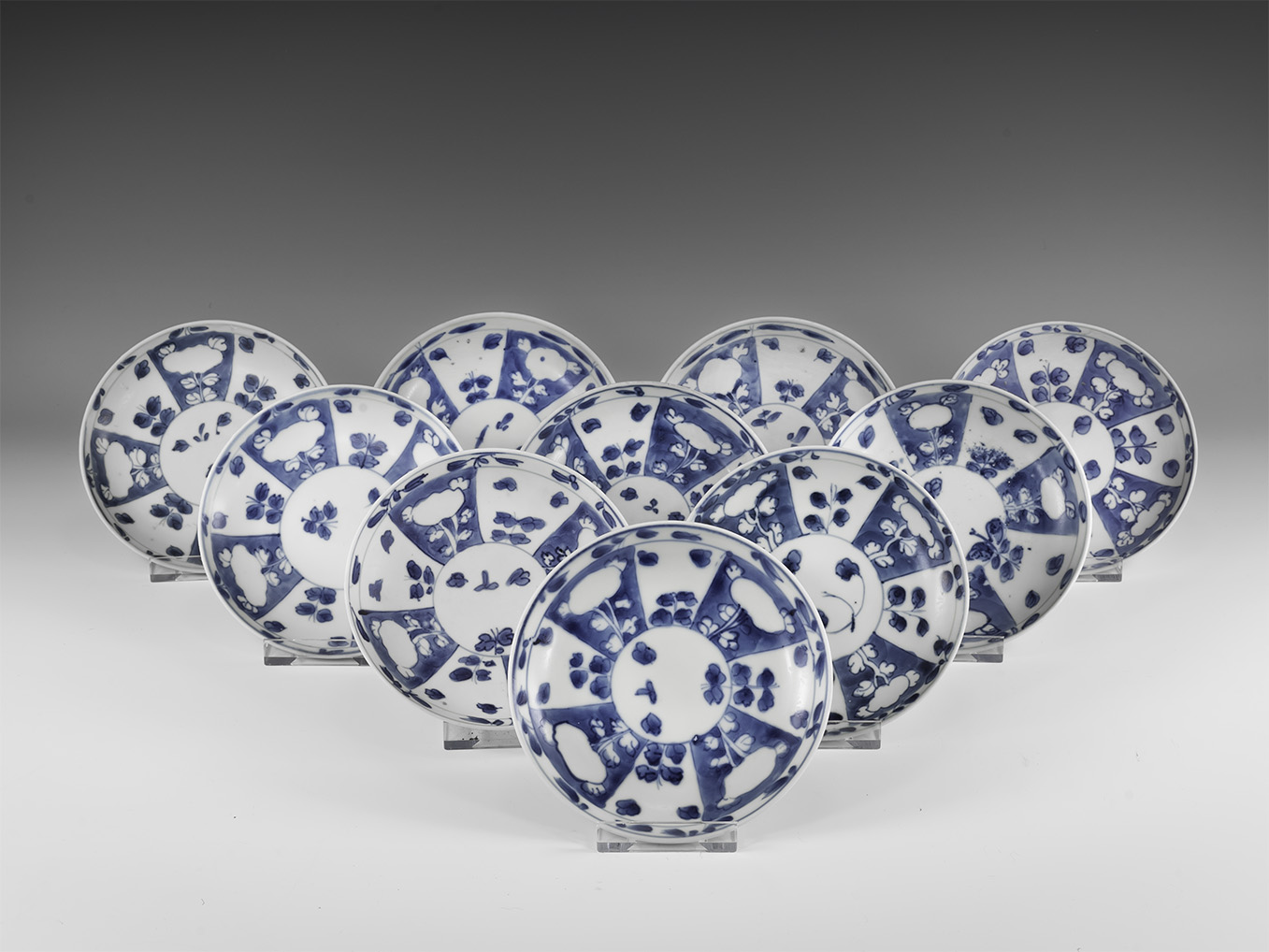
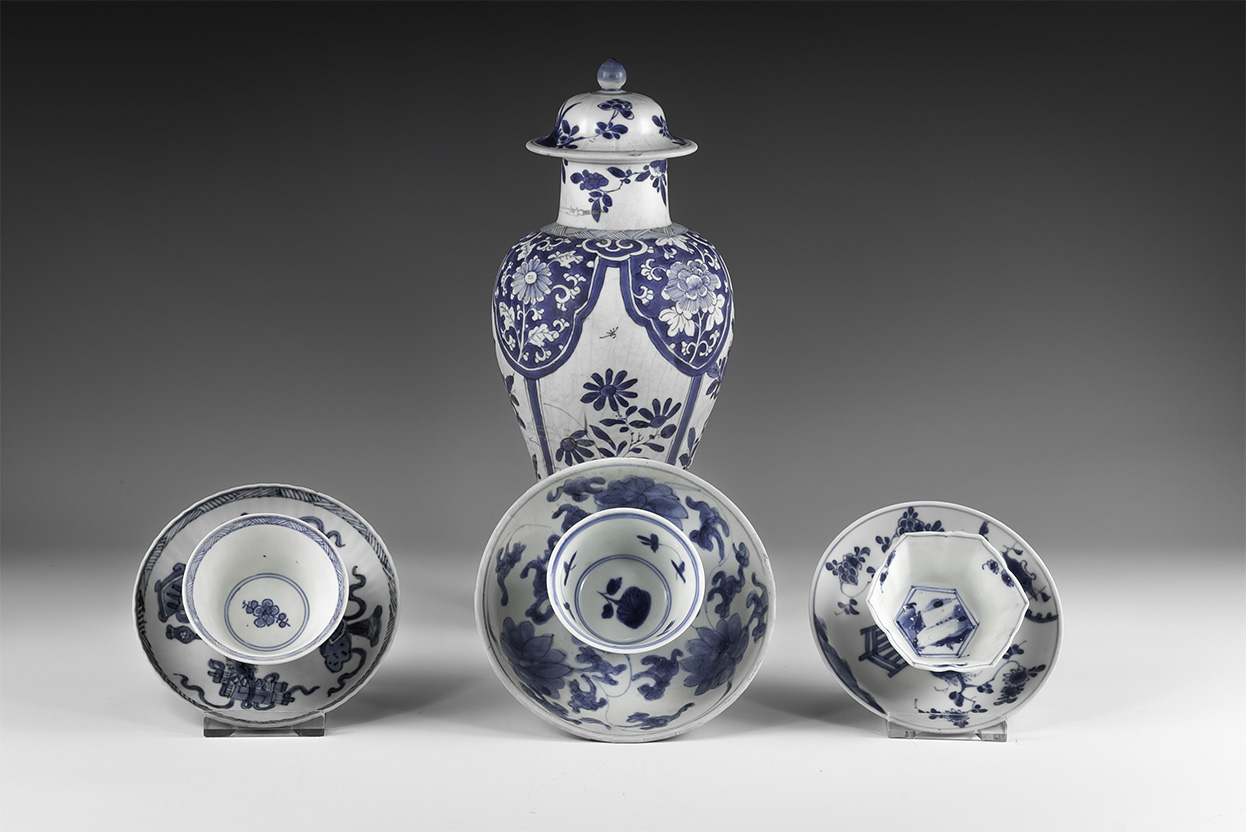
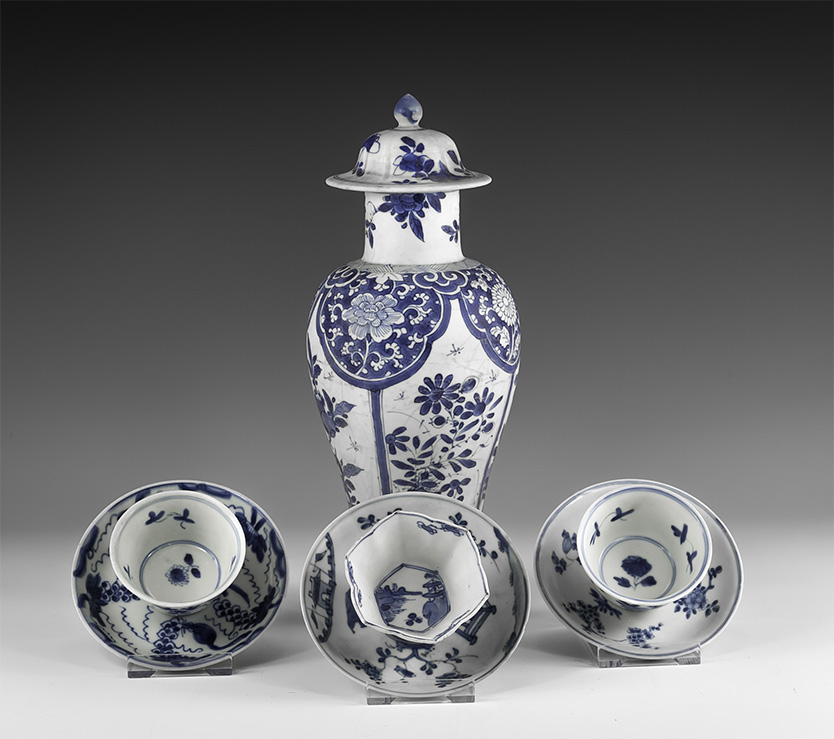
Testen Sie LotSearch und seine Premium-Features 7 Tage - ohne Kosten!
Lassen Sie sich automatisch über neue Objekte in kommenden Auktionen benachrichtigen.
Suchauftrag anlegen